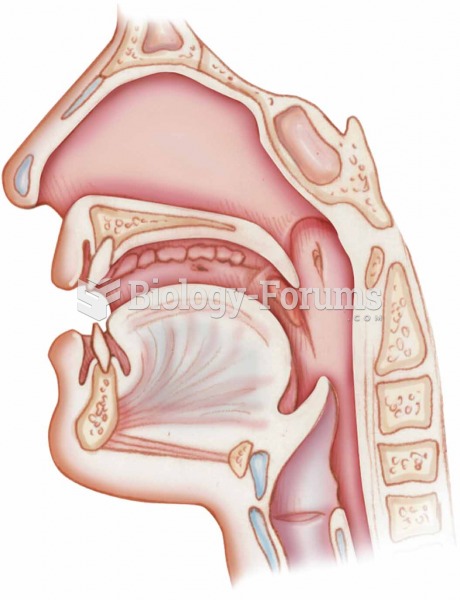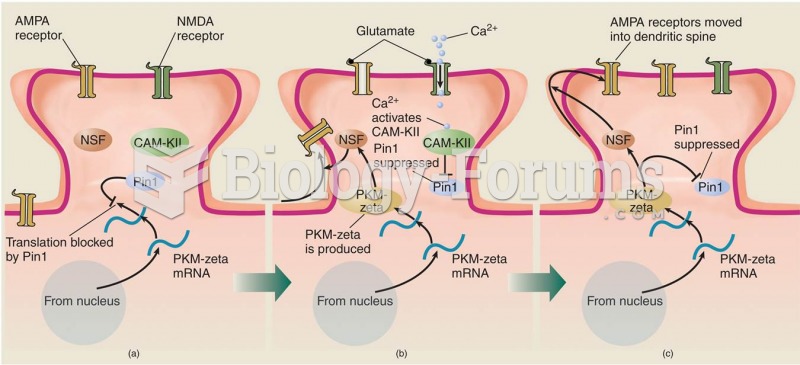Match the term to its definition by filling in the letter before the term in the appropriate blank.
A. Attitude
B. Non-attitude
C. Opinion
D. Time use research
E. Prosocial behavior
F. Prejudice
G. Social distance
H. Values and beliefs
I. Altruism
J. Institutional racism
K. Status construction theory
L. Theory of group position
M. In-groups
N. Out-groups
O. Subtle sexism
P. Unconscious racism
____ Theory that prejudicial attitudes reflect a group's position in society.
____ Includes any behavior that benefits another person.
____ The study of what people do on a day-to-day basis.
____ Unequal treatment of women that goes unnoticed.
____ Ways that people may be biased against a racial group without even being aware of it.
____ Refers to the motivation to help another person.
____ Groups with whom we identify.
____ A positive or negative evaluation of an object, a person or group, or an idea.
____ When we do not care either way about something.
____ The cognitive or thinking aspect of an attitude.
____ Groups with which we do not identify.
____ An attitude of dislike or active hostility toward a particular group in society.
____ Form of unconscious racism in which minority groups lack the same access to services or opportunities afforded other group members in an organization.
____ How close we feel to other people.
____ Group processes theory that posits that individuals develop status value in face-to-face interactions with other people.
____ Strongly held, relatively stable sets of attitudes.
Question 2
Using the stress process paradigm, what is the likely source of Trudy's malady?
Trudy was very excited about her first year of college. However, she was very nervous on the first day of class. Although she liked the class, she just could not find herself responding to questions and discussion in class. Initially, she joined a couple of clubs but never showed up to any of the meetings. She had planned to focus her time on studying but started to feel tired all of the time, though her sleep was not very restful. Her grades started slipping and she decided to go to the college health clinic to see what was wrong with her.
A) a life event
B) chronic strains
C) mediators and moderators
D) social and economic characteristics







